
Code_Aster
®
Version
3
Titrate:
HSNV100 - Elastoplasticity under thermal load
Date:
15/03/96
Author (S):
F. VOLDOIRE
Key:
V7.90.02-A
Page:
1/10
Manual of Validation
V7.90 booklet: Theoretical references of tests into thermomechanical
HI-75/96/014/A
Organization (S):
EDF/IMA/MN
Manual of Validation
V7.90 booklet: Theoretical references of tests into thermomechanical
V7.90.02 document
HSNV100 - Elastoplasticity under thermal load
Summary:
To build the reference solution to test the processing of the relation of behavior on a situation 0D
(uniform field), in elastoplasticity under thermal load, with imposed displacement and temperature
increasing. The elastic limit depends on the temperature. The modeling of the geometry can be:
·
axisymmetric 2D or plane stresses,
·
3D.
This solution corresponds to test HSNV100 [V7.22.100].

Code_Aster
®
Version
3
Titrate:
HSNV100 - Elastoplasticity under thermal load
Date:
15/03/96
Author (S):
F. VOLDOIRE
Key:
V7.90.02-A
Page:
2/10
Manual of Validation
V7.90 booklet: Theoretical references of tests into thermomechanical
HI-75/96/014/A
Contents
1 Presentation ........................................................................................................................................... 3
2 Kinematics, balances ........................................................................................................................... 4
2.1 Axisymmetric case (2D) ................................................................................................................... 4
2.2 Parallelepipedic case .................................................................................................................... 4
3 Relation of behavior ..................................................................................................................... 5
4 thermal Loading .......................................................................................................................... 6
5 Solution .................................................................................................................................................. 7
5.1 Elastic phase ............................................................................................................................... 8
5.2 Elastoplastic phase ..................................................................................................................... 9
6 numerical Application .......................................................................................................................... 10
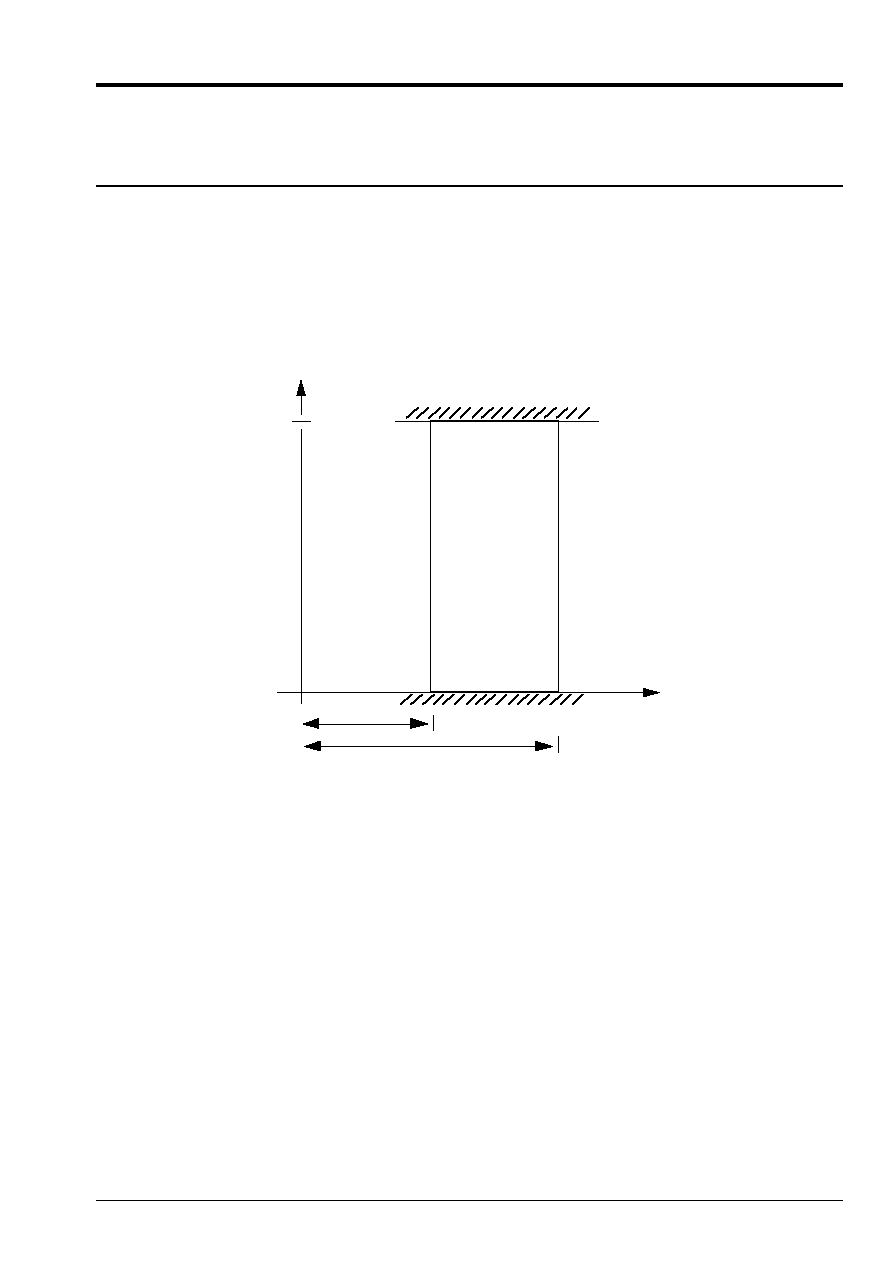
Code_Aster
®
Version
3
Titrate:
HSNV100 - Elastoplasticity under thermal load
Date:
15/03/96
Author (S):
F. VOLDOIRE
Key:
V7.90.02-A
Page:
3/10
Manual of Validation
V7.90 booklet: Theoretical references of tests into thermomechanical
HI-75/96/014/A
1 Presentation
The studied model problem is such as the solution is uniform in space, without any external effort
given, so as to test only the processing of the relation of behavior.
The following solid thus is considered:
·
height
H
,
·
axisymmetric (of radii
has
and
B
),
·
or parallelepipedic (thickness
B has
-
).
Z
H
0
has
B
R
It is placed between two lubricated rigid plates.
The material is thermoelastoplastic homogeneous (see hereafter) with isotropic work hardening and criterion of
Von Mises.
One supposes the uniform temperature spaces some, and increasing.

Code_Aster
®
Version
3
Titrate:
HSNV100 - Elastoplasticity under thermal load
Date:
15/03/96
Author (S):
F. VOLDOIRE
Key:
V7.90.02-A
Page:
4/10
Manual of Validation
V7.90 booklet: Theoretical references of tests into thermomechanical
HI-75/96/014/A
2 Kinematics,
balance
2.1
Axisymmetric case (2D)
()
(
)
()
Fields of displacement:
blocking in
Fields of deforamation
according to
Stress fields:
(cf boundary conditions)
according to
U
E
U
=
=
=
U R
Z
U
U R
R
Z
R
Z
R
R
R
R
L
:
'
0
0
0
0
0
0
0
0 0 0
0 1 0
0 0 0
2.2 Case
parallelepipedic
()
()
(
)
()
Fields of displacement:
blocking in
Fields of deforamation
according to
Stress fields:
(cf boundary conditions)
according to
U
E
E
U
=
+
=
=
U X
U y
Z
U
U
X
Z
y
X
Z
y
X
X
y
y
X
y
L
:
'
'
0
0
0
0
0
0
0
0 0 0
0 1 0
0 0 0
The case could be studied in plane stresses and 3D.
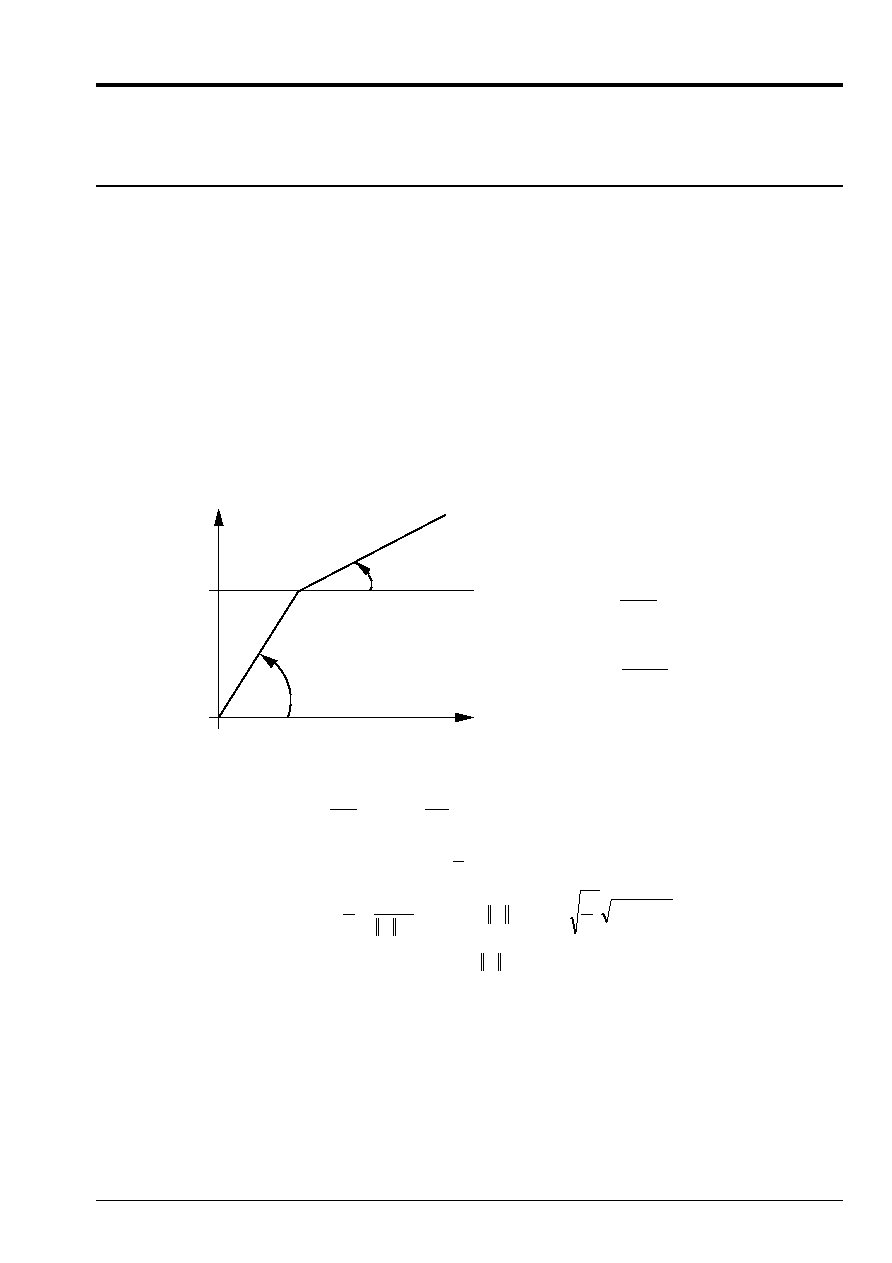
Code_Aster
®
Version
3
Titrate:
HSNV100 - Elastoplasticity under thermal load
Date:
15/03/96
Author (S):
F. VOLDOIRE
Key:
V7.90.02-A
Page:
5/10
Manual of Validation
V7.90 booklet: Theoretical references of tests into thermomechanical
HI-75/96/014/A
3
Relation of behavior
Isotropic, linear work hardening (tangent module
E
T
constant).
Criterion of Von Mises.
Elastic coefficients,
E
and
, as well as the tangent module
E
T
are invariants according to
temperature.
Elastic limit
y
vary according to the temperature
T
:
()
(
)
(
)
y
yo
O
T
S T T
=
-
-
1
(for the temperature range studied,
y
is positive!).
The thermal expansion factor
is constant.
E
T
E
y
2
µ =
E
1
+
3K
=
E
1
-
2
The law of behavior is written (variable scalar intern
p
):
(
)
(
)
()
()
()
µ
=
+
+
+
-
=
-
=
=
=
=
-
<
=
1
9
1
2
1
3
3
2
3
2
0
0
0
0
K
T T
p
p
p
p
p
p
D
p
O
D
P
D
éq
éq
D
D
éq
tr
tr
!
!
,
!
F
,
!
F
,
Id
Id
Id
with:
diverter of the stresses
with
if
if
R
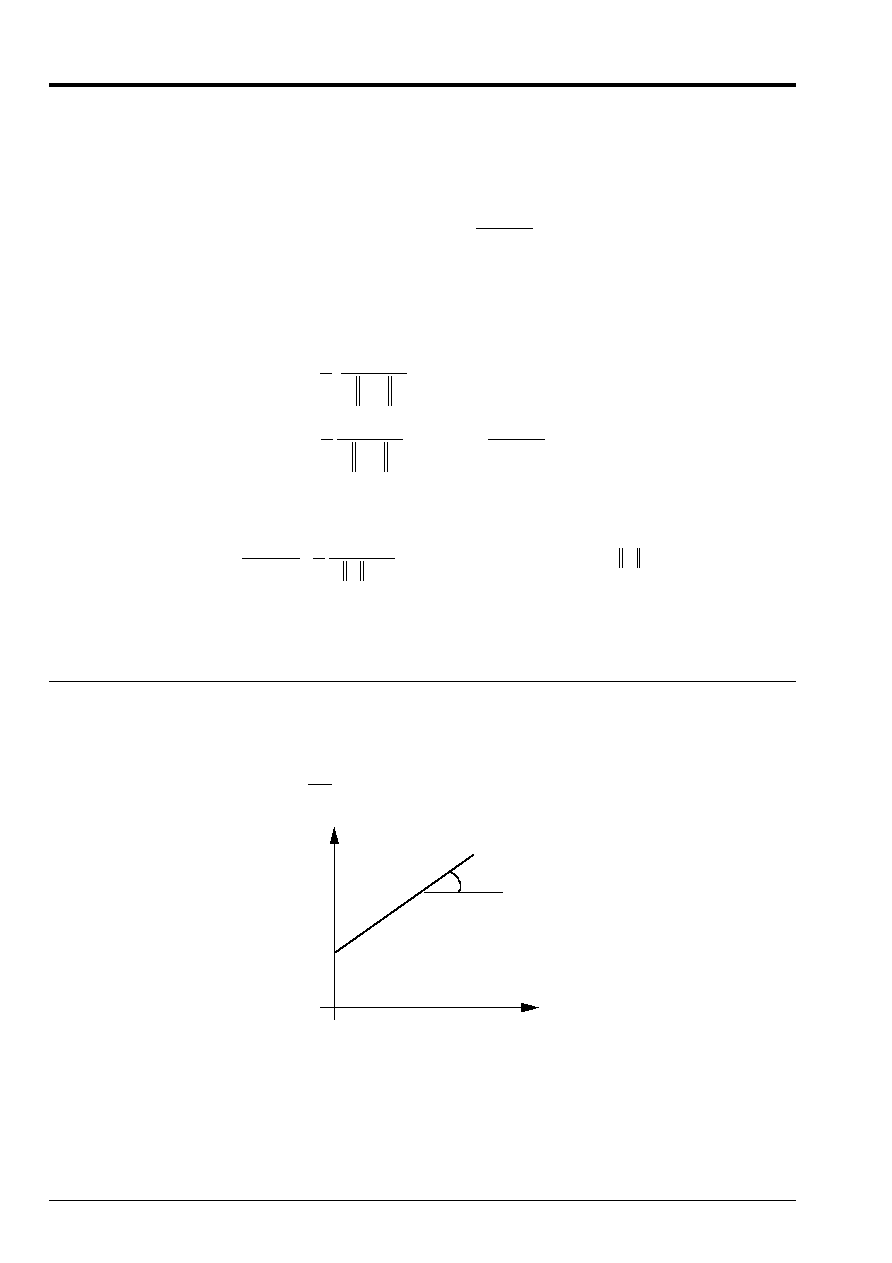
Code_Aster
®
Version
3
Titrate:
HSNV100 - Elastoplasticity under thermal load
Date:
15/03/96
Author (S):
F. VOLDOIRE
Key:
V7.90.02-A
Page:
6/10
Manual of Validation
V7.90 booklet: Theoretical references of tests into thermomechanical
HI-75/96/014/A
()
R
p
indicate the function of work hardening:
()
R
p
E E
E E
p
y
T
T
=
+ -
The rate
!p
can be expressed, when
()
F
,
p
=
0
. Indeed, of
! F
p
identically no one, one fires:
! !F!! F
p
p
+
=
0
. Thus, when one is on the criterion
(
)
F
=
0
, necessarily
!F
=
0
. I.e.:
!
!
!
!
!
!
,
,
3
2
0
3
2
0
-
-
=
+
- - =
D
D
éq
T
p
D
D
éq
yo
T
T
T
p
S T
E E
E E
p
R
R
From where:
()
(
)
!
!
!
!
,
p
E E
E E
S T
p
p
T
T
D
D
éq
yo
éq
=
-
+
=
3
2
0
if
for
criterion reached, of of “charges”
R
4 Loading
thermics
Uniform temperature in space
()
[]
T T
T T
T
T
T
S
O
end
end
=
+
>
<
,
,
;
0
0
1
with
T
T
O
T
Virgin initial State:
L
p
=
=
0
0
;

Code_Aster
®
Version
3
Titrate:
HSNV100 - Elastoplasticity under thermal load
Date:
15/03/96
Author (S):
F. VOLDOIRE
Key:
V7.90.02-A
Page:
7/10
Manual of Validation
V7.90 booklet: Theoretical references of tests into thermomechanical
HI-75/96/014/A
5 Solution
The stress field being uniaxial, one a:
D
L
=
-
-
3
1 0
0
0
2
0
0
0
1
As follows:
éq
L
=
and:
()
!
! sgn
P
L
p
=
-
-
2
1 0
0
0
2
0
0
0
1
The relation of behavior leads to:
()
(
)
()
!
!
!
! sgn
!
!
!
!
!
! sgn
!
rr
L
L
xx
yy
zz
L
L
E
p
T
E
p
T
=
= -
-
+
=
=
=
=
+
+
2
0
1
for the case of the parallelepiped
From where:
()
()
!
!
!
!
!
sgn
!
!
Max
;
!
!
rr
L
L
L
L
T
T
D
D
éq
yo
T
E
p
T
E
p
E E
E E
St
=
=
+ -
=
-
-
=
<
=
-
+
3
2
1 2
2
0
0
3
2
if
if not
R
I.e., in the case
()
L
p
=
R
(criterion reached):
()
(
)
!
Max
;
sgn
!
!
p
E E
E E
S T
T
T
L
L
yo
=
-
+
0
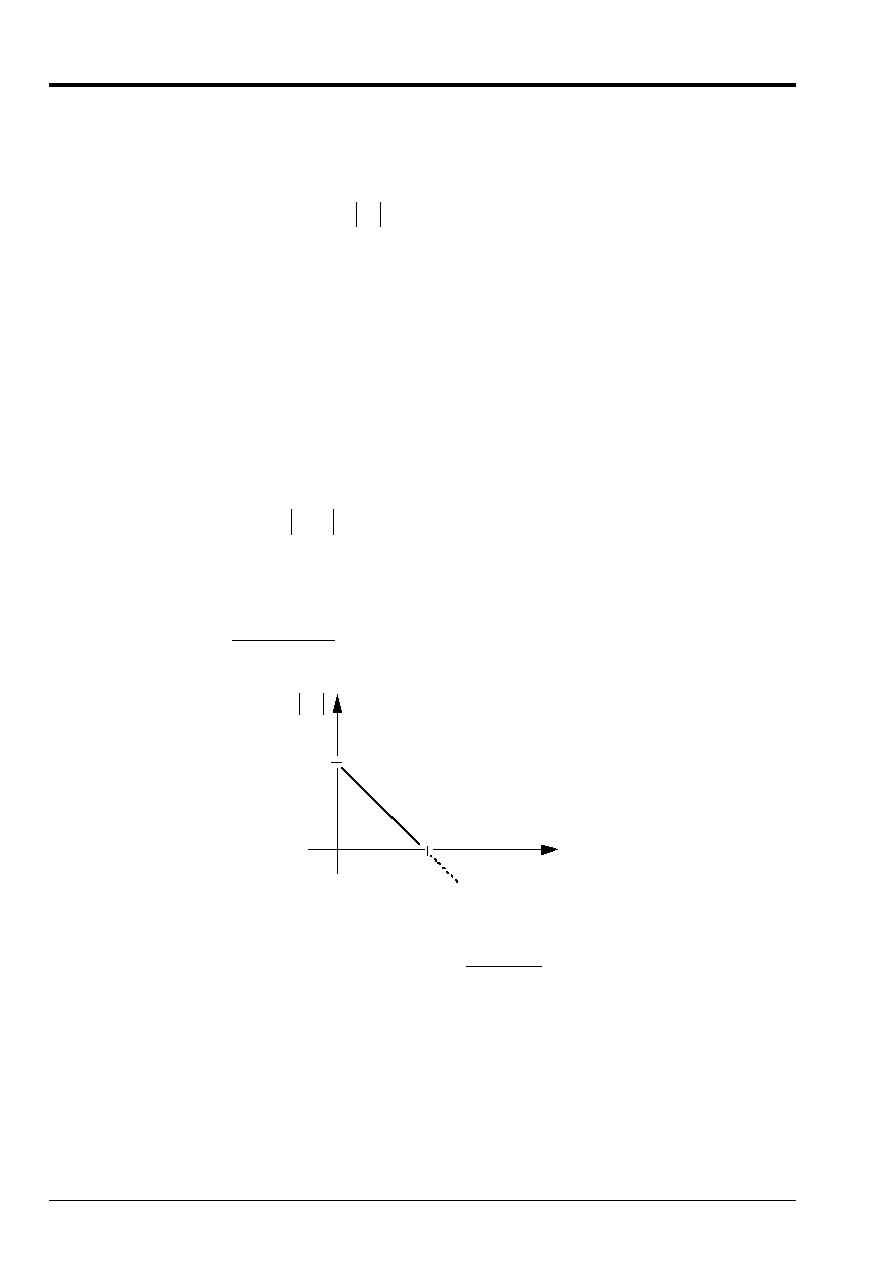
Code_Aster
®
Version
3
Titrate:
HSNV100 - Elastoplasticity under thermal load
Date:
15/03/96
Author (S):
F. VOLDOIRE
Key:
V7.90.02-A
Page:
8/10
Manual of Validation
V7.90 booklet: Theoretical references of tests into thermomechanical
HI-75/96/014/A
5.1 Phase
rubber band
At the beginning of the thermal loading,
L
being lower than
y
,
!p
is null.
From where:
(
)
!
! ; !
!
!
L
rr
E
T
T
= -
=
=
+
1
.
As follows:
(
)
(
)
L
L
rr
E
T
T
= -
<
=
=
+
compression
0
1
Validity of the elastic solution
The criterion is:
()
()
(
)
L
Y
yo
T
T
E
T
S T
-
=
=
-
-
1
0
The criterion is not crossed for
[]
T
T
y
=
0,
, with:
(
)
T
E
S
y
yo
yo
=
+
T
y
-
L
yo
T
y
At the moment
T
y
:
()
L y
yo
yo
T
E
E
S
= -
+
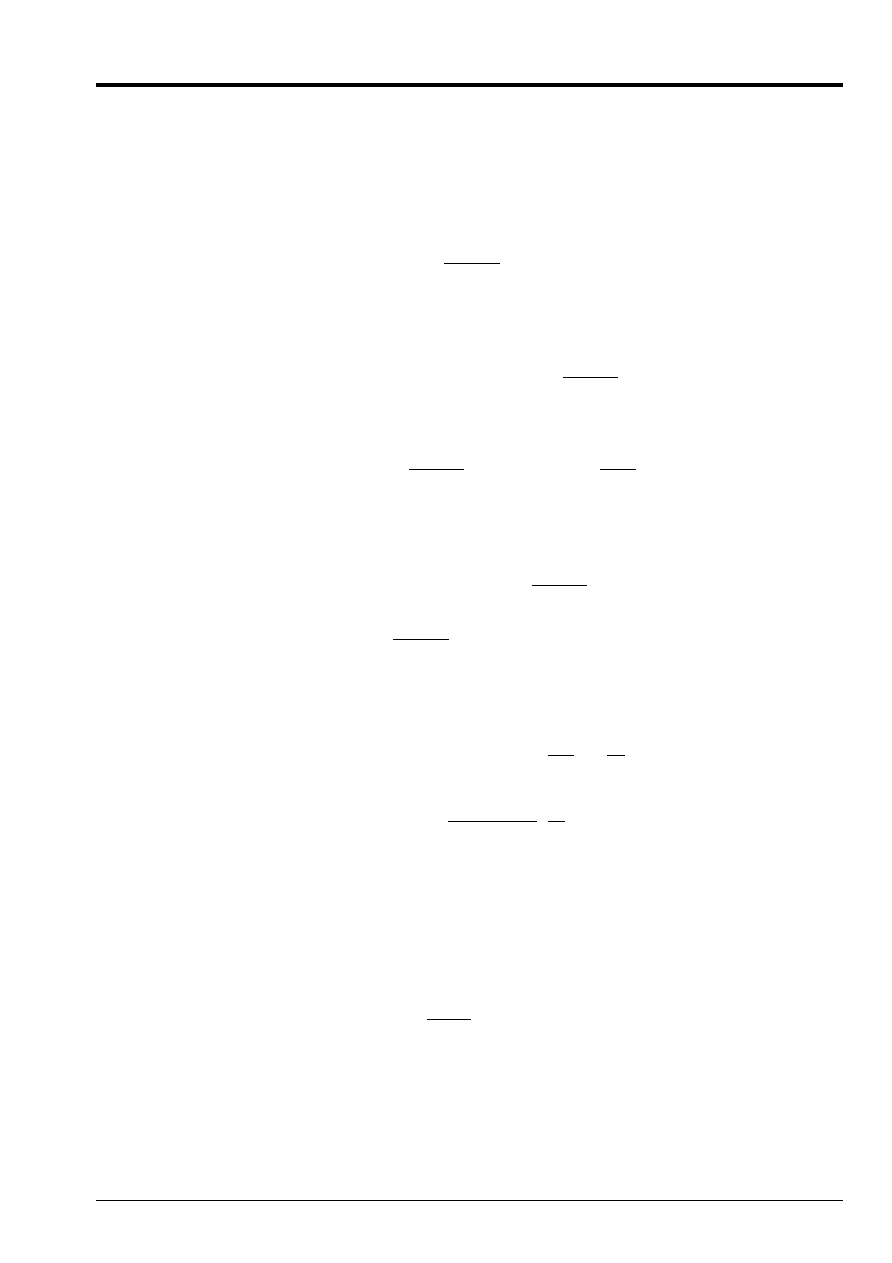
Code_Aster
®
Version
3
Titrate:
HSNV100 - Elastoplasticity under thermal load
Date:
15/03/96
Author (S):
F. VOLDOIRE
Key:
V7.90.02-A
Page:
9/10
Manual of Validation
V7.90 booklet: Theoretical references of tests into thermomechanical
HI-75/96/014/A
5.2 Phase
elastoplastic
T T
y
. One is on the criterion. Then:
()
(
)
!
Max
;
! sgn
!
p
E E
E E
S T
T
T
L
L
yo
=
-
+
0
By admitting that one is “charges some”
(
)
!p
>
0
, then one eliminates
!p
to have:
()
!
!
sgn
L
T
L
T
T
yo
E T
E E
E E
S
= -
+
-
then:
()
!
!
sgn
p
E E
E
T
S
E
T
L
yo
=
-
-
+
With
T T
y
=
,
L
y
E
T
= -
<
0
; one integrates these expressions then for
(
)
T T T
y
=
!
:
()
()
()
()
[
]
()
L
T
y
T
T
yo
L y
T
yo
y
T
E
T T
E E
E E
S
T
p T
E E
E
E S
T T
= -
-
- -
-
=
-
+
-
2
Maybe, after rearrangement,
()
T T
y
:
()
()
(
)
L
yo
T
y
yo
T
y
T
S T
E
E
T
T
p T
E E
E
T
T
=
- +
-
=
-
-
1
1
1
2
Validity of this elastoplastic solution
It should be made sure that
()
L
T
remain negative. Knowing that
S T
<
1
, and that
T T
y
>
, the preceding result
confirm that
()
L
T
<
0
.
Lastly, it is noticed that:
()
(
)
sgn
! !
!
L
rr
p
T
1 2
2
1
-
+
=
+

Code_Aster
®
Version
3
Titrate:
HSNV100 - Elastoplasticity under thermal load
Date:
15/03/96
Author (S):
F. VOLDOIRE
Key:
V7.90.02-A
Page:
10/10
Manual of Validation
V7.90 booklet: Theoretical references of tests into thermomechanical
HI-75/96/014/A
from where:
()
()
(
)
()
[]
rr
y
end
T
T
T
p T
T
T T
=
=
+
+ -
1
1 2
2
,
,
(since
()
L
T
<
0
).
6 Application
numerical
E
MPa
C
S
MPa
T
C
S
C
T
S
E
MPa
yo
O
end
T
=
=
=
°
=
=
= °
=
°
<
=
-
-
-
-
-
200 000
0 3
10
10
400
0
10
100
50 000
5
1
1
2
1
;
,
;
;
.
;
;
;
From where:
()
()
()
T
S
T
MPa
T
T
y
L y
rr
y
y
=
= -
=
=
-
66 6666
133 333
0 86666610
3
.
.
.
.
elastic phase
Then, elastoplastic phase:
()
()
()
()
()
()
()
()
with
with
T
S
T
S
=
= -
=
=
=
=
= -
=
=
=
-
-
-
80:
90:
L
rr
L
rr
MPa
p
MPa
p
80
100 0
80
0 300010
80
80
110010
90
75 00
90
0 525010
90
90
127510
3
3
3
3
.
.
.
.
.
.
.
.
.
.










